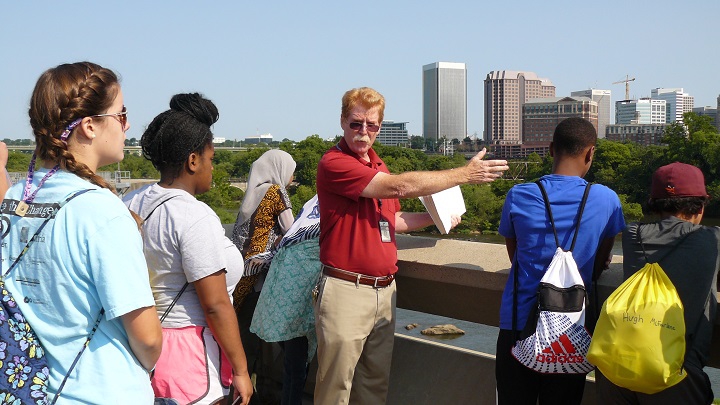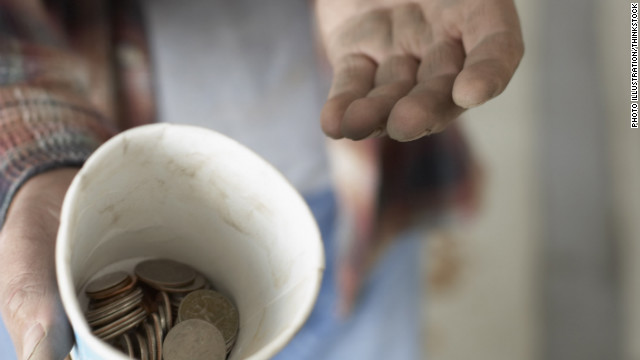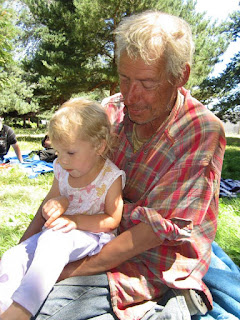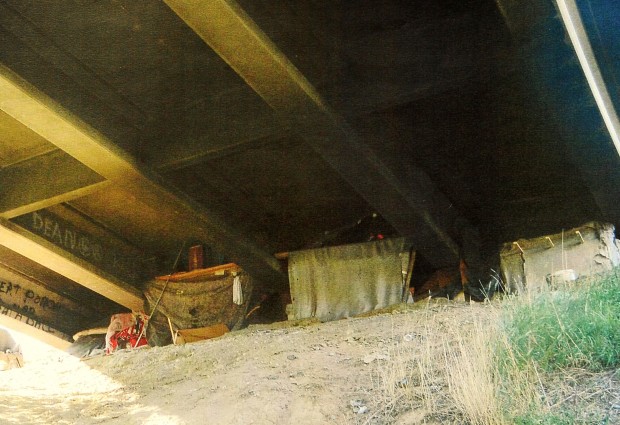
What does “open carry” communicate?
To carry a gun is obtaining a position of power. It is not a bad thing in and of itself. If a person is carrying gun in the midst of a gun-carrying culture, then it means very little, like a hunter with a rack of guns in the back of his truck. But when few people are carrying guns out in the open, then it means something different. It is a power which the carrier demands respect (like a police officer or a security guard) or a person who is trying to communicate fear and distance (like a gangster). A gun in that culture (like Portland) is a threat, an agent of fear.
To carry a gun is obtaining a position of power. It is not a bad thing in and of itself. If a person is carrying gun in the midst of a gun-carrying culture, then it means very little, like a hunter with a rack of guns in the back of his truck. But when few people are carrying guns out in the open, then it means something different. It is a power which the carrier demands respect (like a police officer or a security guard) or a person who is trying to communicate fear and distance (like a gangster). A gun in that culture (like Portland) is a threat, an agent of fear.
This isn’t a problem if the “good guys” carry guns. When those we trust carry guns then we feel safe because we know that the people who are there to support us have power. But if the “bad guys” carry guns, then it becomes a threat, stirring fear into those who see the carriers as “bad guys.” Generally, those who carry guns see themselves as “good guys” so they carry guns to protect the “good” people from the “bad guys.”
The problem of dividing the world into “good” and “bad” people is that humanity is weak. The “good” can do bad actions and the “bad” can sometimes stand for the good. And there is disagreements, because of the tendency to divide. These people, with these characteristics, are “bad” (Republicans, police, wealthy), and people with these characteristics are “good” (homeless, fellow activists, environmentalists). In reality, though, people aren’t so easy to divide. And when there is an emotionally divisive situation, there can easily be “good” or “bad” on both sides, just looking at different facts to support their position. And if everyone is willing to do violence, or threaten the other side, then everyone is only one hairsbreadth from being “bad”—i.e., killing the innocent.
The Emotionally Divisive Situation
Emotions run high when we talk about homelessness. This is due to the emotional assumptions made about the homeless. Dr. Susan Fiske, in her study on various social groups, determined that the homeless, far more than any other social group, fits the “disgust” category. This means, she said, that the typical American sees the homeless as “a pile of garbage.”
Emotions run high when we talk about homelessness. This is due to the emotional assumptions made about the homeless. Dr. Susan Fiske, in her study on various social groups, determined that the homeless, far more than any other social group, fits the “disgust” category. This means, she said, that the typical American sees the homeless as “a pile of garbage.”
So when the typical American sees a homeless person in their neighborhood, they have two typical emotional responses: disgust and fear. Disgust, because the homeless live such a different lifestyle than what the housed usually feels is acceptable, and fear because they don’t understand how a person can live that way and there are stories of drug use and criminal activity. These are assumptions that must be battled through education and through them meeting and knowing the homeless. That is a long path, but necessary.
In the meantime, we live in a society in which most Americans see the homeless as “bad guys”. They are the criminals who are invading their neighborhood, and until they have the opportunity to spend time with the homeless, this attitude will continue. Because humanity, for the most part, does not emote from rational actions, but rather we come up with reasons for our emotions after the assumptions have been made.
The homeless, meanwhile, are oppressed unfairly because these attitudes exist. Because they are seen as “piles of garbage” the government keeps moving them from place to place because this is what you do with garbage. Because of the emotional response of fear, there is the assumption that the homeless are criminals and so the police are called to deal with them. And all activity of the homeless—sleeping, sitting, panhandling—rather than being seen as actions of the poor, are seen as actions of criminals. Thus the homeless are arrested, abused and generally oppressed. Their possessions are taken because it is illegal for them to have them on public property.
This leads to a cold war between the homeless and those who enforce the fears of the typical American. The homeless are convinced that the police—the enforcers of the American fear—are evil. They also have mixed feelings about neighbors, many of whom call the police. The neighbors see the homeless as evil and needing to be jailed or moved. Because they fear to approach the homeless themselves, they use the police or security people to be buffers.
We have a situation in which the housed see the homeless as “bad guys” and the homeless see the police and some housed neighbors as “bad guys”.
The Result of “Open Carry” Activism
If activists supporting the homeless, or the homeless themselves, begin to openly display guns, then the threat becomes open and clear. The ones whom Americans most fear then have a real threat, and the cold war will turn into a hot war. We have seen this already. In 2010 Jack Collins was killed after attempting suicide because he was carrying a knife out of a bathroom, not hearing the police tell him to put the knife down. If the homeless carry threatening objects, they will die and the community will praise the ones who killed them.
If activists supporting the homeless, or the homeless themselves, begin to openly display guns, then the threat becomes open and clear. The ones whom Americans most fear then have a real threat, and the cold war will turn into a hot war. We have seen this already. In 2010 Jack Collins was killed after attempting suicide because he was carrying a knife out of a bathroom, not hearing the police tell him to put the knife down. If the homeless carry threatening objects, they will die and the community will praise the ones who killed them.
The path of violence is first assumption, then anger, then threat, then violence. Open carry isn’t violence, it is threat. And in the hands of those whom the community fear, it will lead to violence and death.
If homeless activists carry guns, then both sides feel justified to use the weapons when there is a severe enough threat. We must realize that both sides already feel threatened. To bring weapons into this already tense situation is inviting a hot war with losses on both sides. This is not only a dangerous lack of concern about human life, but it is completely unnecessary.
The Solution: Community Support
On October 20 of this year, a protest in South Africa make up of black activists were protected by white activists surrounding them. Although the police came with every intent to break up the protest with violence, as they have done before, they did not touch the whites. The whites were of them, while they would have violently attacked the blacks.
On October 20 of this year, a protest in South Africa make up of black activists were protected by white activists surrounding them. Although the police came with every intent to break up the protest with violence, as they have done before, they did not touch the whites. The whites were of them, while they would have violently attacked the blacks.
Even so, if we want to protect our homeless friends, we do not want or need to have weapons. We need to show that “normal”, “acceptable” members of the community support our homeless friends and welcome them as a normal part of our communicate. This can be done through protests and clean up work parties (which have both community leaders and the homeless) and having community members stand and support the homeless who are threatened.
Paying back threats with threats won’t work. And they aren’t necessary. All we need are people, like those whom we already have, stand with our homeless friends and show that they are a welcome part of our community and we will not accept them being threatened.


























